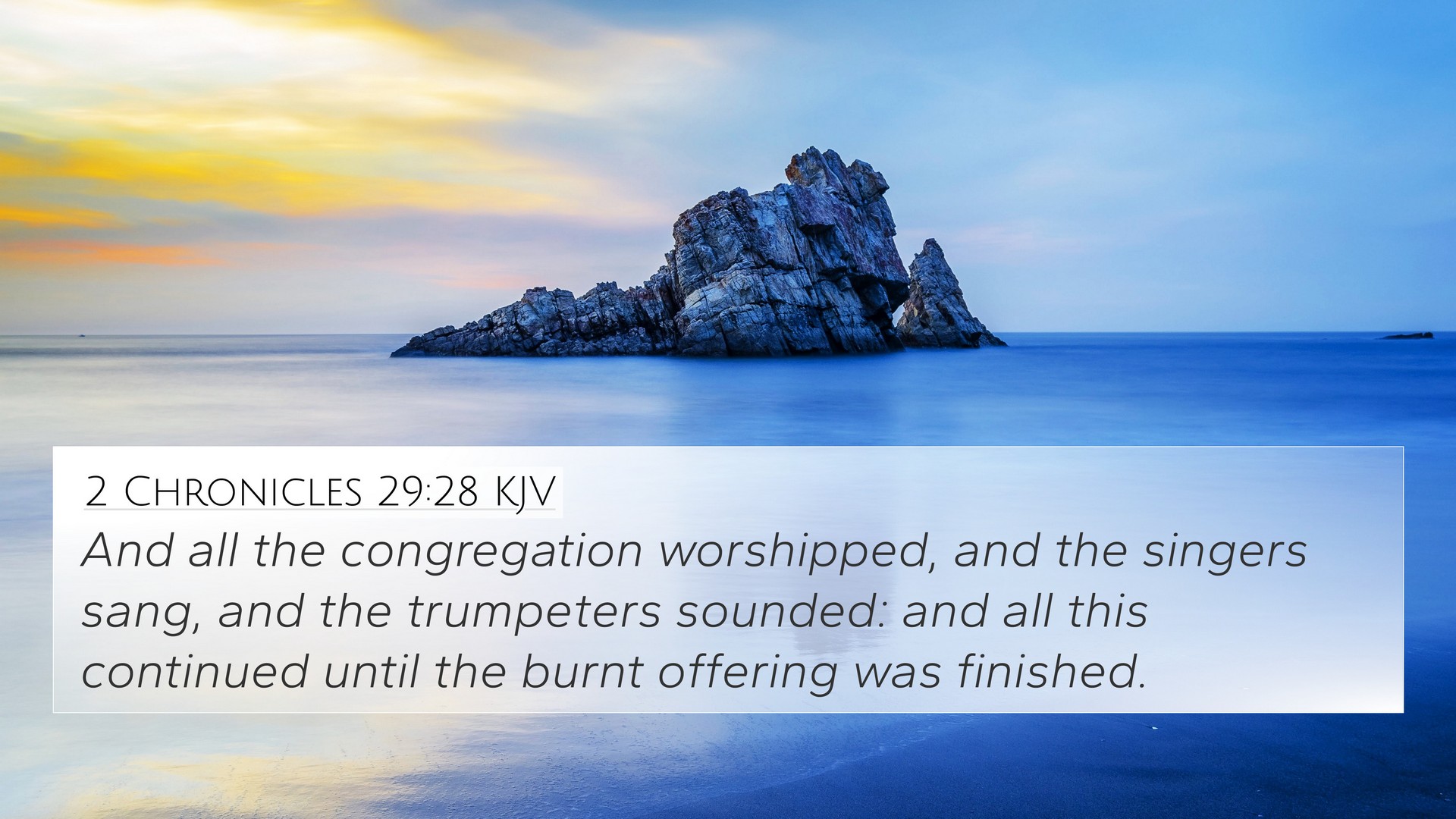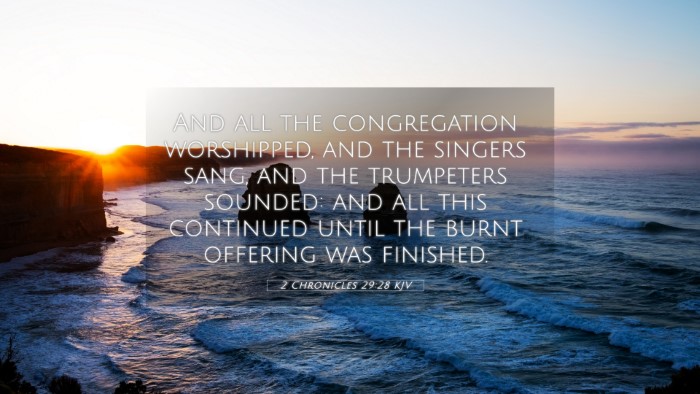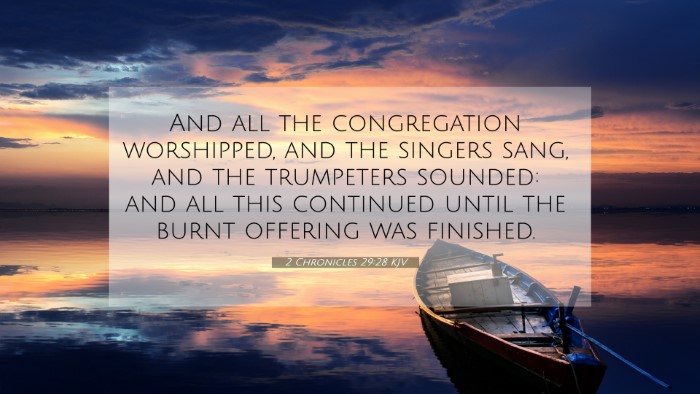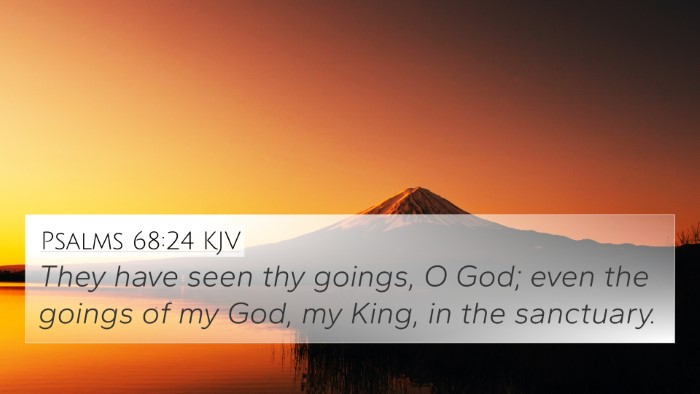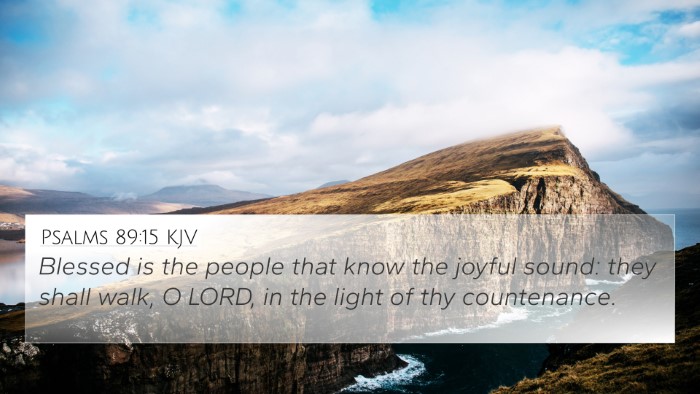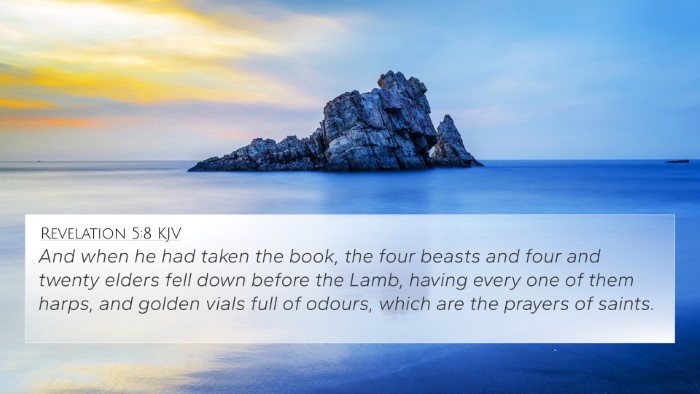Understanding 2 Chronicles 29:28
Verse: 2 Chronicles 29:28
“And all the congregation worshipped, and the singers sang, and the trumpeters sounded: and all this continued until the burnt offering was finished.”
Summary of the Verse
This verse describes a significant moment during the restoration of temple worship in Jerusalem under King Hezekiah. The people of Israel are united in worship, praising God with song and the sound of trumpets, culminating in the offering of burnt sacrifices. This act of worship is marked by a spirit of revival and obedience to God, highlighting the importance of communal worship and the reinstatement of appropriate sacrificial practices.
Commentary Insights
Matthew Henry's Commentary
According to Matthew Henry, this verse illustrates the fervent worship of the people once the temple was restored. He emphasizes that their worship was not just routine but a heartfelt response to God’s mercy and a return to proper practice. The role of the singers and musicians is highlighted, stressing that music plays an essential part in worship, creating an atmosphere conducive to encountering God.
Albert Barnes' Notes
Albert Barnes notes that the collective action of worship signifies a restoration not just of ritual but of relationship with God. He points out the unity of the congregation, indicating that true worship arises from a communal heart turned towards God. The verse serves as a reminder of the joy that accompanies genuine worship and how it invigorates both individual and communal faith.
Adam Clarke's Commentary
Adam Clarke reflects on the energetic nature of the worship described. He states that the involvement of singers and trumpet players indicates a celebration of God’s forgiveness and grace. The completion of the burnt offerings signifies the fulfillment of their obligations, showing that God desires not just rituals but the sincere participation of His people in worship.
Bible Verse Cross-References
- Psalm 150:3-5 - Calls for praise with various instruments, reflecting the theme of worship through music.
- 2 Chronicles 5:13-14 - Describes a similar moment during the dedication of Solomon’s temple, where worship leads to God’s glory filling the space.
- 1 Chronicles 16:23-25 - Encourages singing and proclaiming God's greatness among the nations, relating to the communal nature of worship.
- Hebrews 13:15 - Emphasizes the importance of continual praise and offering sacrifices of praise to God.
- Romans 12:1 - Paul urges believers to present themselves as living sacrifices, which resonates with the idea of burnt offerings as an act of worship.
- Nehemiah 12:27-30 - Details celebrations and music during the dedication of the wall of Jerusalem, again showcasing unified worship.
- Exodus 18:10-11 - Highlights a response to God’s deliverance, emphasizing worship and acknowledgment of His greatness.
- Isaiah 12:5 - Encourages singing praises to the Lord for the great things He has done, which aligns with the actions in 2 Chronicles 29:28.
- John 4:24 - Jesus teaches that true worship is in spirit and truth, indicating the heart's condition is vital in worship, complementing the congregational worship depicted.
- Luke 19:37-40 - During Jesus' triumphal entry, the crowd praises God joyously, demonstrating the continuity of worship throughout biblical history.
Thematic Connections and Biblical Dialogue
This verse presents a unique opportunity for comparative Bible verse analysis. The themes of renewal, worship, and community resonate throughout the Scriptures, establishing a thematic Bible verse connection that encourages readers to explore the ways in which worship practices evolve while maintaining core truths about reverence towards God.
How to Use Bible Cross-References
For individuals studying the Bible or preparing sermons, using a Bible cross-reference guide can enhance the understanding of this verse by linking it to others that communicate similar themes or actions. Investigating these connections encourages deeper insights into the biblical narrative and shows how various scriptures support and illuminate each other.
Practical Steps for Cross-Referencing
- Identify the main themes present in the verse.
- Use a Bible concordance to find related verses that discuss similar themes or situations.
- Consider the context of each referenced verse to understand its relationship to the original verse.
- Discuss findings with a group or utilize resources that provide comprehensive Bible cross-reference materials.
- Integrate these insights into personal study or teaching to deepen understanding of scriptural significance.
